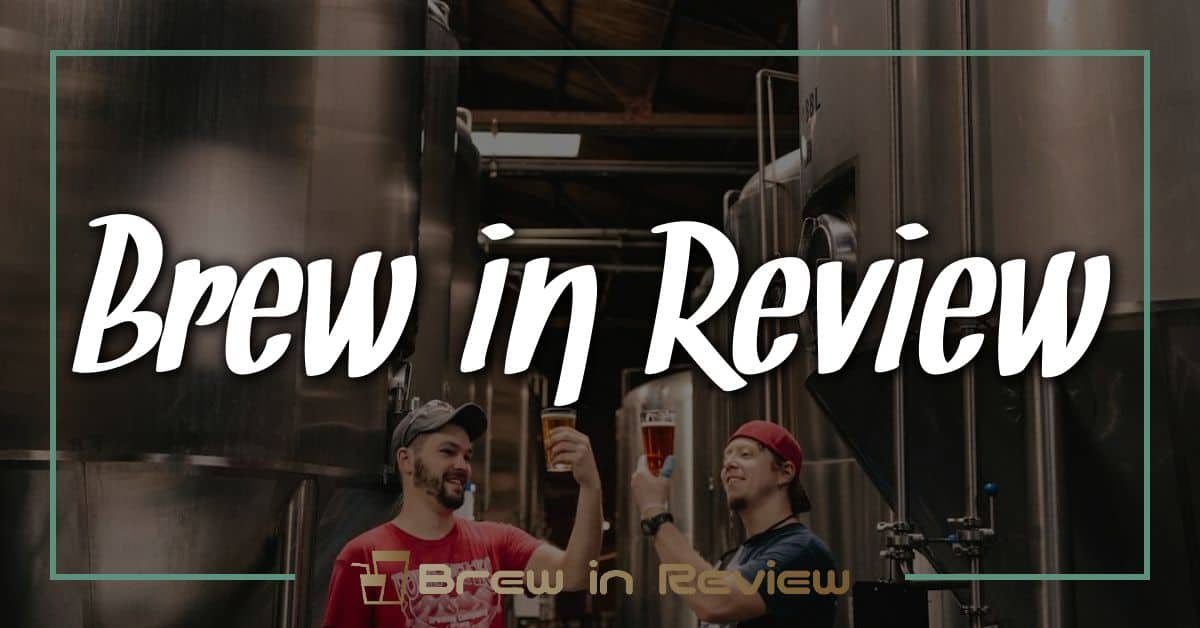If you’ve ever sipped a tart, refreshing sour beer and wondered how it’s made, you’re in for a treat! Brewing sour beer is an exciting journey that combines art and science, allowing you to explore unique flavors and aromas. With a little patience and the right techniques, you can transform simple ingredients into a complex brew that’s sure to impress.
What Is Sour Beer?
Sour beer represents a fascinating intersection of brewing traditions and experimental approaches. This style prioritizes tartness, often created through wild yeast and bacteria, resulting in unique flavor experiences.
Types of Sour Beer
- Berliner Weisse: This low-alcohol, German-style beer typically features refreshing tartness and a light body. Often served with flavored syrups, it appeals to a wide audience.
- Gose: Originating from Germany, Gose combines tartness with saltiness and coriander. Its complex profile makes it a distinctive choice for adventurous drinkers.
- Lambic: Authentic Lambics are spontaneously fermented, allowing wild yeast and bacteria to develop. These beers often undergo lengthy aging processes, resulting in deep flavors and aromas.
- Flanders Red Ale: This Belgian style exhibits a rich, malty backbone complemented by sour notes and fruity elements. Aging in oak barrels contributes to its complexity.
- American Wild Ale: This broad category allows for creativity, often featuring a range of wild yeast strains and fruits. The outcome varies widely, showcasing the brewer’s vision.
Flavor Profiles
Sour beers offer diverse flavor profiles, ranging from fruity to earthy.
- Fruity: Expect notes of cherries, peaches, or citrus, common in styles like Lambics and Berliner Weisse.
- Tart: Tartness emerges from lactic acid production, providing a refreshing zing in Gose and Berliner Weisse.
- Earthy: Some sour beers exhibit earthy flavors, often resulting from wild yeast strains like Brettanomyces.
- Malty: Malty sweetness balances tartness in Lambics and Flanders Red Ales, creating a harmonious flavor experience.
- Spicy: Certain sour beers include spices like coriander or pepper, adding depth and intriguing complexity.
Exploring sour beers enriches my brewing journey, showcasing how diverse techniques yield remarkable results.

Ingredients for Brewing Sour Beer
Brewing sour beer requires specific ingredients that contribute to its unique character. The right choices elevate the flavors, ensuring a delightful final product.
Base Malts
Base malts form the foundation of the brew. I recommend using Pilsner malt or pale ale malt for a lighter body. Munich malt adds depth with its rich, malty sweetness. Other options include Vienna malt, which brings smoothness and bready notes. Generally, a blend of these malts influences the overall flavor and helps balance the sourness.
Adjuncts
Adjuncts enhance flavors and add complexity. I often use corn sugar or maltodextrin to adjust the mouthfeel or dry out the finish. Fruit purees, like raspberries or peaches, infuse additional tartness and aroma. Other interesting adjuncts include spices or herbs. Adding a small amount of orange peel or coriander creates an intriguing twist, enhancing the beer’s overall profile.
Hops
While sour beers aren’t hop-forward, selecting the right hops matters. I prefer using low-alpha hops, like Hallertau or Saaz, for subtle bitterness and floral notes. These hops complement the sourness without overpowering it. Adding hops late in the boil or during fermentation preserves their aromatic qualities and brightens the overall flavor.
By carefully selecting these ingredients, I craft sour beers that showcase rich, complex flavors.
Brewing Process for Sour Beer
Brewing sour beer combines traditional and innovative techniques to create complex flavors. With careful attention to detail, the following processes help achieve that distinctive tartness.
Selecting the Right Yeast
Selecting the right yeast significantly impacts the flavor profile of sour beer. I often use various strains, including Lactobacillus and Brettanomyces. Lactobacillus contributes a tangy, refreshing sourness, while Brettanomyces adds depth and funky characteristics. Blending these yeast types can enhance the beer’s complexity. I recommend assessing the specific qualities you want in the final product before making your choice.
Fermentation Techniques
Fermentation techniques play a crucial role in developing sour flavors. I often employ spontaneous fermentation to allow wild yeast and bacteria in the environment to react with the wort. Alternatively, I use controlled fermentation methods, where I introduce specific yeast strains. During fermentation, temperature control is key. Keeping the temperature between 65°F and 75°F tends to yield the best results for sour beers. Those techniques help build the desired tartness and complexity.
Barrel Aging
Barrel aging adds unique flavors and complexity to sour beer. I frequently age my sour beers in oak barrels, which impart vanilla, tannins, and other woody notes. Using previously used barrels that held wine or spirits can introduce additional layers of flavor. I typically age my sour beers for six months to two years, depending on the desired character. Monitoring the flavor during this process helps ensure the beer develops beautifully over time.
Common Challenges in Brewing Sour Beer
Brewing sour beer presents unique challenges that require careful attention. I’ve encountered these hurdles firsthand, allowing me to share insights that can help others on a similar journey.
Contamination Risks
Contamination poses a significant risk in sour beer brewing. Wild yeast and bacteria, essential for creating sour flavors, can also lead to undesirable off-flavors. I focus on sanitation, ensuring all equipment is thoroughly cleaned before use. Using dedicated tools for sour brews minimizes cross-contamination with clean beers. Recognize that every opportunity for bacteria to thrive can affect the final product, so maintaining a sterile environment is crucial.
Balancing Acidity
Balancing acidity is vital for crafting a well-rounded sour beer. Sourness can enhance flavors but too much can overpower them. I pay close attention to the pH levels during fermentation, aiming for a range between 3.2 and 3.6. Tasting throughout the fermentation process helps gauge the beer’s evolution. If acidity becomes too pronounced, blending with a less acidic batch can achieve a harmonious balance. Establishing that delicate equilibrium enhances the overall drinking experience while showcasing the complexities of sour beer.
Conclusion
Brewing sour beer has been such an exciting adventure for me. It’s amazing how much creativity and science go into crafting these unique brews. Each batch is a new opportunity to experiment with flavors and techniques, and I love the thrill of watching it all come together.
Whether you’re a seasoned brewer or just starting out, diving into the world of sour beer can really elevate your brewing game. Don’t be afraid to try new ingredients and methods. Embrace the process and enjoy every sip of your flavorful creations. Cheers to your sour brewing journey!




